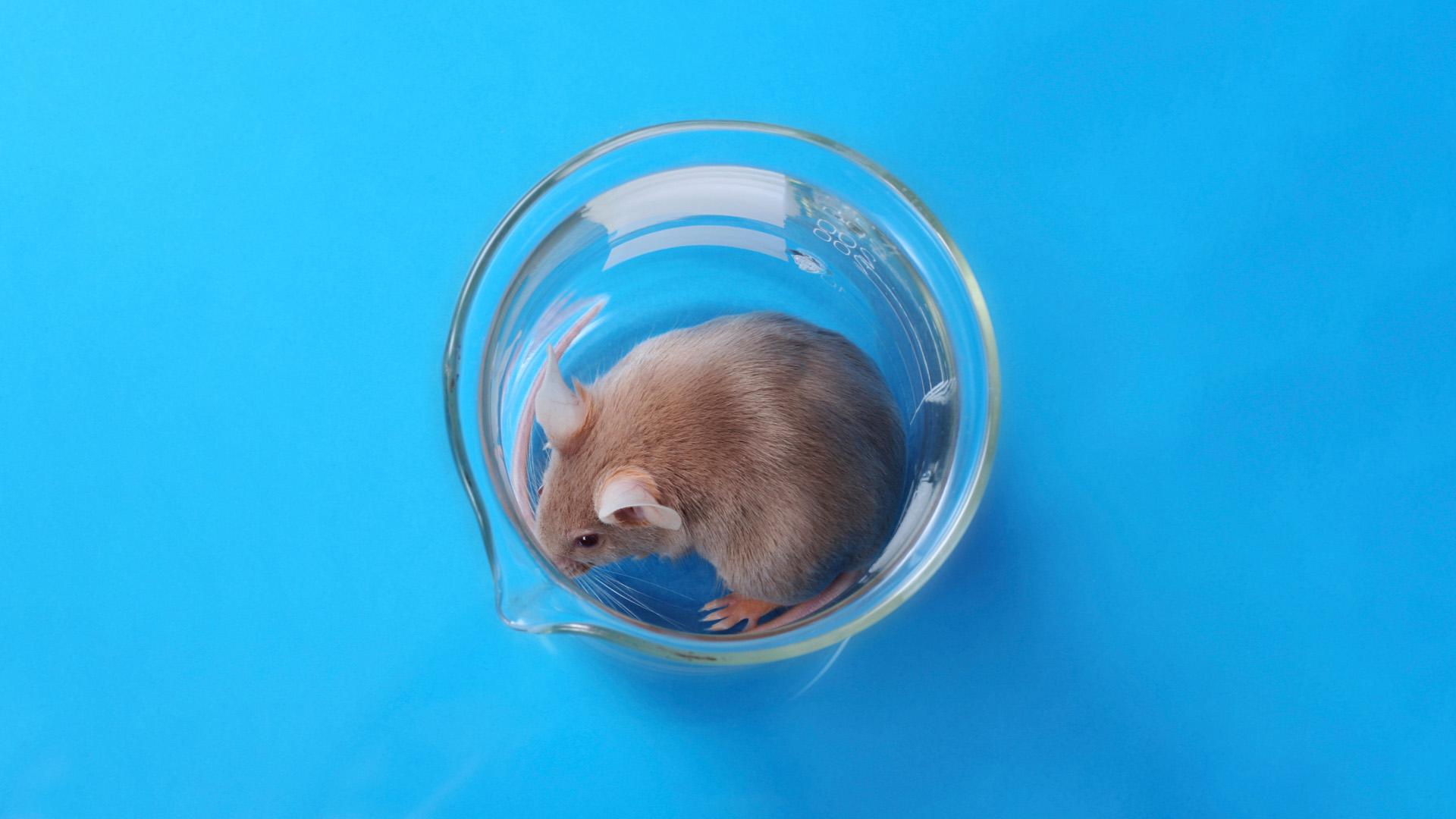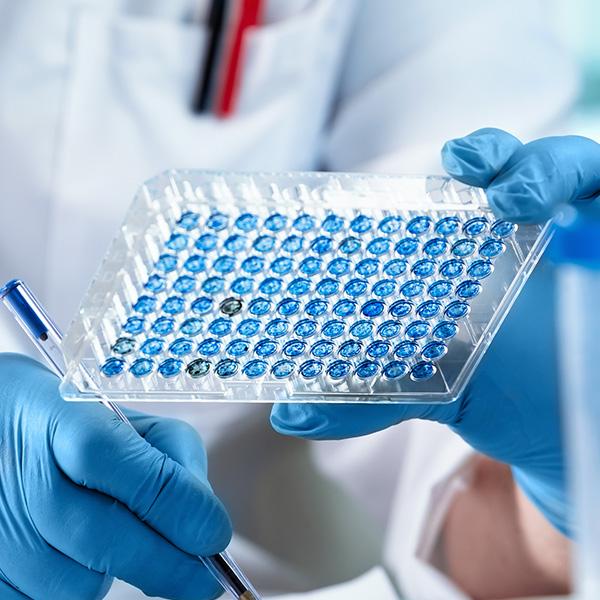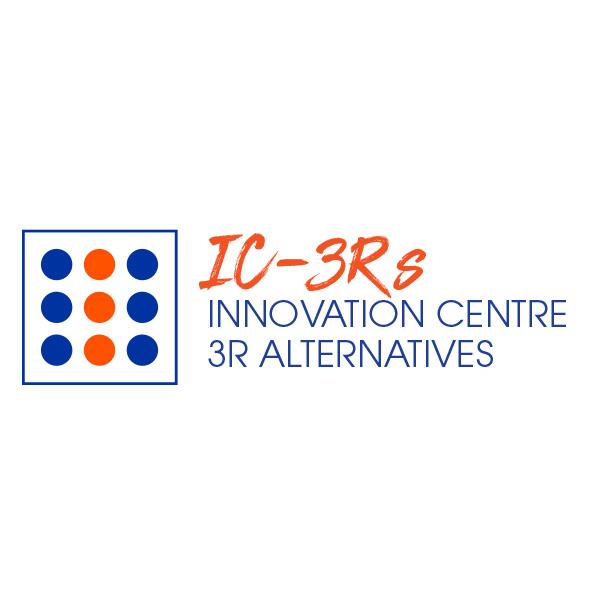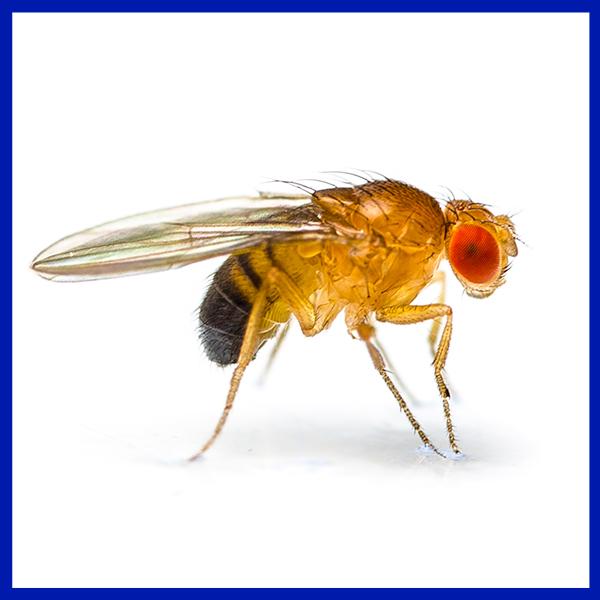What are the 3Rs?
The 3Rs are a guiding principle to foster ethical use of animals in scientific and educational experiments. The 3Rs stand for:
Replacement
Replacement uses alternative methods which either avoid or replace the use of animals in experiments. For example, the use of human-cells and tissue cultures or computer modelling.
Reduction
Reduction is done when methods are applied that result in the use of a smaller number of experimental animals or that provide more information from the same number of animals. For example, statistical methods accurately calculate the number of animals that is needed for a scientifically valid study.
Refinement
Refinement becomes very important when the use of animals cannot be avoided. Animal welfare becomes then a high priority. Any stress, pain and suffering inflicted should be kept to a minimum. It can for example be a simple measure such as respecting the natural day/night cycle of the animal, but also the use of suitable analgesics, anaesthetics.
Alternatives for today and the near future
Promoting scientific research that benefits human health while improving animal welfare: yes, it is possible!
For several years, both end goals have become increasingly compatible, and this evolution continues uninhibitedly. Chips to test chemicals on human cells and intelligent computer models that predict the action and possible adverse effects of drugs in the body are some examples of the innovative technologies that will make animal testing less necessary. IC-3Rs at the VUB supports scientific developments in the field of non-animal methods. IC-3Rs has its own passionate team of experienced researchers to ensure that existing and new alternative methods to animal models become more widely known and applicable. Worldwide, scientists develop new methodology to minimise the risk of side effects for a variety of substances without the use of animals and advocate animal-friendly methodology whenever laboratory animals are still necessary. Both, public health and laboratory animals, will benefit from these developments!

What are alternative methods? NAMs?
Alternative methods or their combinations apply the 3Rs-principle and can be used to replace and/or reduce the total number of animals used in an experimental study. Also refinement is an important measure once experimental animals are involved.
Today, the term NAM (New Approach Methodology) is more often used as it is wider and not a one-by-one replacement of existing in vivo testing methods. NAM puts more emphasis on the combination of different (in chemico, in silico, in vitro, ex vivo) tools and new technologies such as omics, high throughput screening, artificial intelligence, …
Some confusion exists about the definition of NAMs as for cosmetics NAMs are non-animal methods, but at the OECD level NAMs can also include in vivo methodology.
In vivo experiments
There are also still some in vivo experiments with invertebrates (e.g. fruit flies and flatworms). Because of their low level of consciousness, invertebrates are seen as less able to experience psychological distress. Therefore, current European legislation (Directive 2010/63/EU) does not define invertebrates (except for cephalopods) as laboratory animals.








